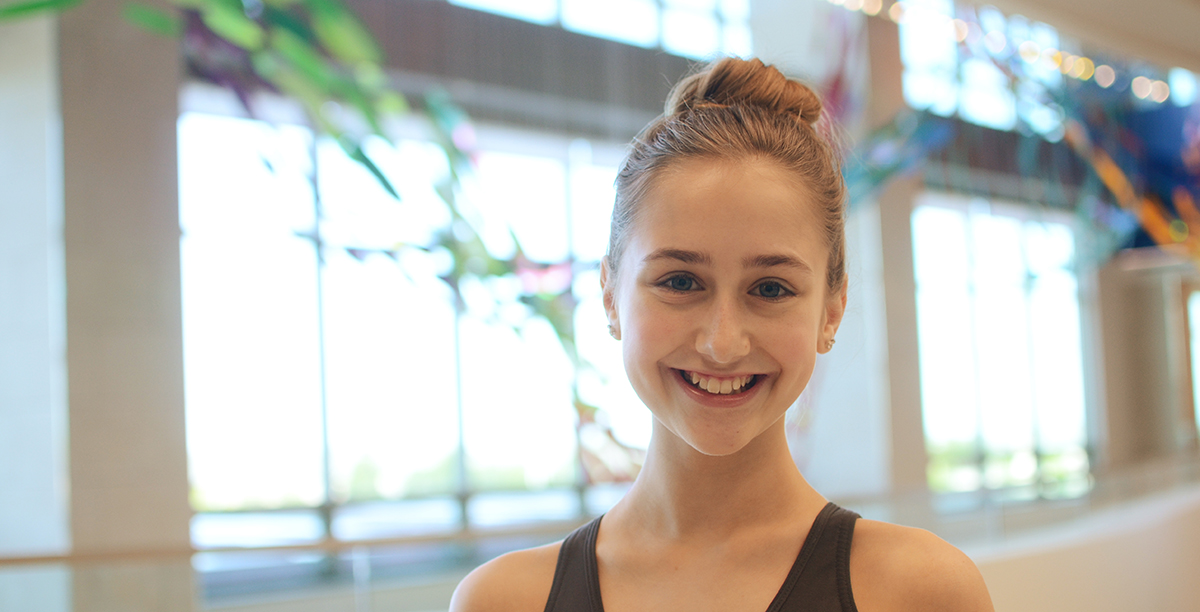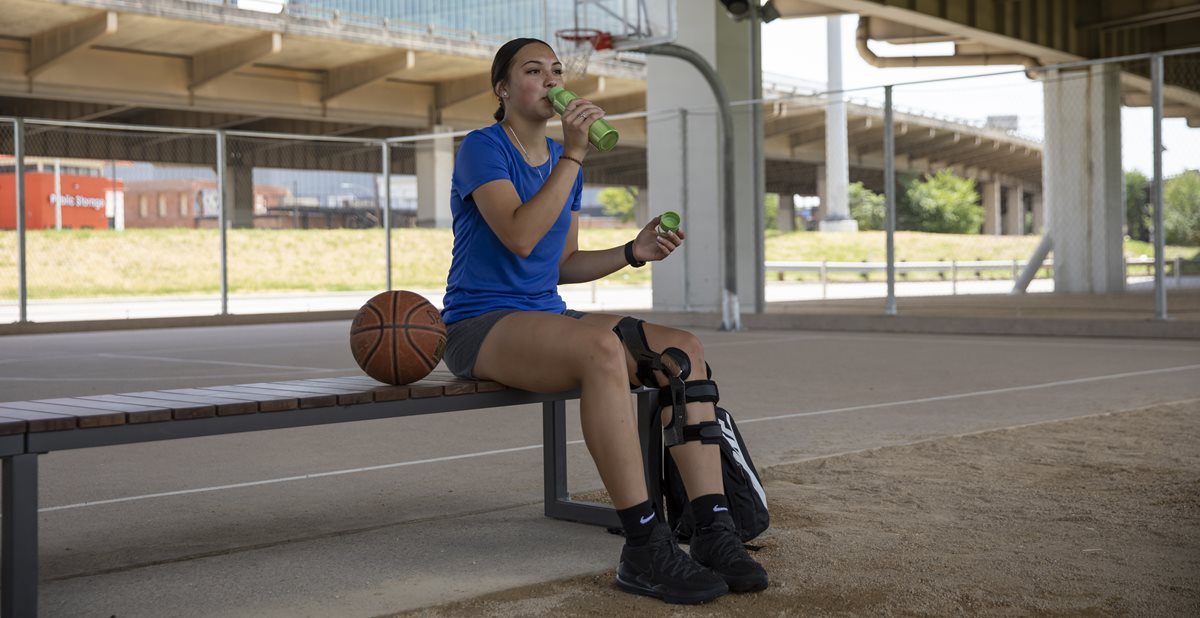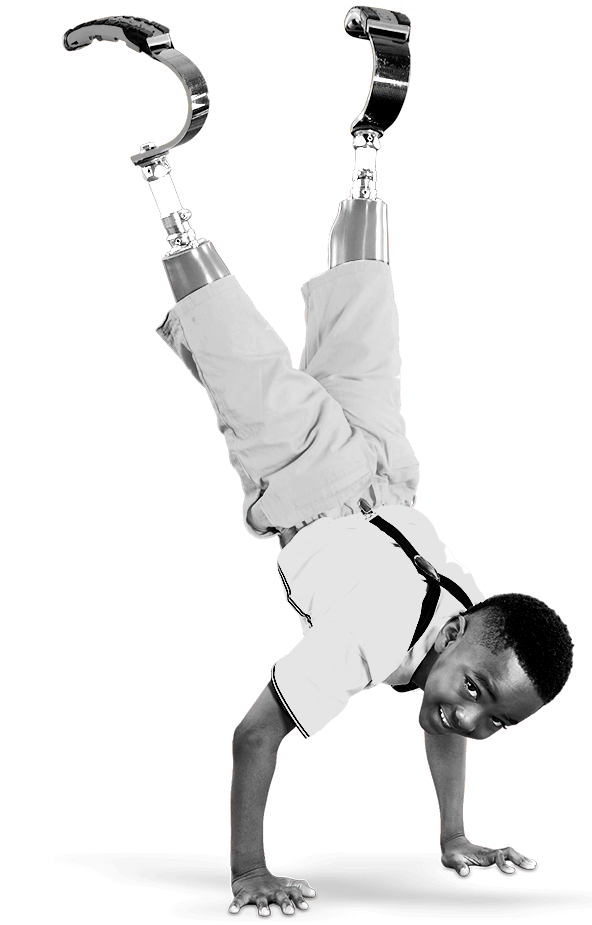
Jun 08, 2020 / Sports Medicine
Tips for Dancers: Finding Credible Resources for At-Home Dance-Specific Training
Everyone is doing their best to make valuable resources accessible to children and teens. Many programs are generously offering free online training in addition to advice in formal platforms and social media. Much like you would assess online resources for personal safety, evaluating the quality of at home exercise programs also requires thoughtful consideration.
Help your dancer evaluate options using these tips
Good material typically includes:
Getting Started
Julia Buckelew, P.T., D.P.T., O.C.S., advises dancers to keep these important principles in mind when starting a new program or training routine:
Keeping Up With the Count - This content is provided by a multidisciplinary team of staff that are passionate about keeping young dancers safe and healthy.
Help your dancer evaluate options using these tips
Good material typically includes:
- Why a certain exercise or activity should be performed?
- Which muscles you should feel activate during each movement?
- Modification options to make the movement easier or harder.
- Tips to ensure proper technique to ensure safety and effectiveness.
- Awareness of risks associated with dance-related movements and skills for children and teens.
- Dance experience, teaching experience or a health care background.
Getting Started
Julia Buckelew, P.T., D.P.T., O.C.S., advises dancers to keep these important principles in mind when starting a new program or training routine:
- Always try new activities in a slow, controlled manner.
- Ensure you feel okay during and after a new activity (no excessive soreness lasting > 48 hours or acute pain).
- Limit the number of new activities per day just in case a new exercise is not the best for your body and current fitness level.
Keeping Up With the Count - This content is provided by a multidisciplinary team of staff that are passionate about keeping young dancers safe and healthy.



